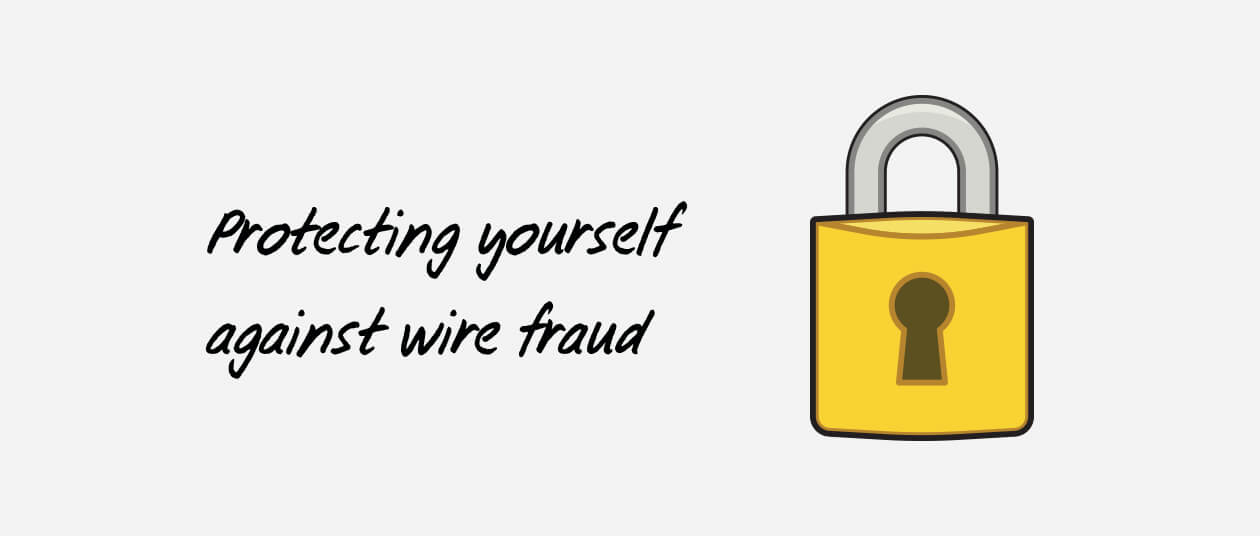The Canada Emergency Response Benefit (CERB) has been a lifesaver for many cash-strapped Canadians since COVID-19 forced widespread layoffs and business closures, providing $2,000 per month to more than 8.5 million individuals across the nation. However, the federal income assistance program has now ended.
But there’s no reason to panic—even if you’ve relied on CERB to stay afloat. The plan is merely transitioning. The Canadian federal government has introduced a new $37 billion COVID-19 aid package that expands employment insurance (EI) and adds new recovery benefits. Since the effects of the pandemic are clearly not over, these changes will continue for one year to make it easier to qualify for and access EI. This article explains what these changes are and how to receive them—as well as identifying possible tax implications.
How do I access Canada’s new recovery benefits?
If you’ve been a recipient of CERB, there are two avenues you could take to receive benefits depending on your situation: If you qualify, you can apply to move over to EI benefits or apply for one of three new Canada Recovery Benefits (regular, sickness, or caregiver options). The Government of Canada CERB Transition website tells you what to do next. Some of the key information outlined there is:
1) If you qualify for EI:
Canadians who received CERB and who are eligible for EI benefits can roll over to the EI program in two ways:
- i) Automatically: If you qualify for EI and received CERB through Service Canada, the transition from CERB to EI should happen automatically. In most cases you don’t need to apply for EI benefits. The government will automatically review your file and Record of Employment, then start a claim for EI regular benefits if you qualify. If you don’t qualify, you’ll be notified by mail. For more information on automatic transitions and circumstances where you may need to re-apply to continue CERB, please review the Canadian Government’s CERB Transition overview here.
- ii) By Application: If you’re eligible for EI but received CERB through the Canada Revenue Agency (CRA), you will need to apply for EI benefits through Service Canada.
2) If you don’t qualify for EI:
There are other ways to get relief through three new recovery benefit options that may be available to people who don’t qualify for EI. They are:
- The Canada Recovery Benefit: A benefit of $500 per week for up to 26 weeks for eligible workers who have stopped work or had their income reduced by at least 50% due to COVID-19, but are not eligible for EI and cannot resume or return to work. This benefit is available for 2-week periods. You will need to reapply every 2-weeks for support under this program for it to continue for up to 13 eligibility periods (the 26-week maximum). For more information on eligibility for the CRB and restrictions, review the Canadian Government’s overview here.
- The Canada Recovery Sickness Benefit: A benefit of $500 per week, for up to two weeks, for workers who are unable to work at least 50% of their scheduled work because they are sick, must self-isolate for COVID-related reasons, or because they have an underlying condition that makes them more susceptible to COVID-19. The program is only available to workers who do not receive paid sick leave from their employer. Applicants accepted receive the benefit for a one-week period and must reapply if they require the benefit for a second week. The two-week maximum applies for the period from September 27, 2020 through to September 25, 2021. For more information on eligibility for the CRSB and restrictions, review the Canadian Government’s overview here.
- The Canada Recovery Caregiving Benefit: A benefit of $500 per week for up to 26 weeks per household for those who can’t work at least 50% of the week because they care for a child under 12 or another dependent family member whose school, daycare, or care facility is closed because of COVID-19. The benefit may also be available if family member is sick or required quarantine, or is at high risk for serious health implications due to COVID-19. The benefit is available for a 1-week period and must be applied for again each week, for up to 26 weeks if it is needed on a continuing basis. For more information on eligibility for the CRCB, review the Canadian Government’s overview here.
What are the tax implications?
The key thing to remember is that both CERB and EI benefits are taxable. That means any benefit payments are treated as income and must be claimed on your annual tax return. Keep these possible tax implications on your radar:
Taxes and CERB: You will owe
Unlike your paycheque, income tax is not automatically deducted for each CERB payment; so while the program is over it may have a future impact on your tax liability. This presents a bit of a conundrum: While extra dollars in your pocket are appreciated, you don’t want to be short on cash when the “Tax Man” knocks on your door in 2021.
If you do expect to owe taxes, estimate how much and put aside that amount. If you don’t have enough funds at the moment, make it your mission to save the difference between now and April. If you’re feeling at all unsure about how to move forward in either circumstance, don’t hesitate to reach out to a financial planner—they can walk you through next steps. You can speak to one of our financial planners by booking an appointment today.
Taxes and EI: You could owe
Unlike CERB, federal and provincial/territorial taxes are automatically deducted from EI payments. However, there are scenarios where you may need to repay EI benefits.
For example, if your income from all sources (including EI) exceeds $66,375, expect to repay 30% of net income over that threshold. However, if that amount exceeds the total amount of benefits earned, you only repay the amount of EI benefits received. Finally, remember that there are some exemptions from repaying EI.
Taxes and the Canada Recovery Benefit: You may not know if you owe
While you can work and receive the Canada Recovery Benefit, there is a catch: If your annual net income exceeds $38,000—excluding the Canada Recovery Benefit —you must repay some or all of the benefit through your income tax return. So, you would be required to repay $0.50 of the benefit for any earnings that exceed $38,000 in the calendar year, to a maximum of the amount of benefit you received.
Staying on top of rapid change
Canadians will be coming to grips with the curveball thrown by COVID-19 for a long time to come. During this tumultuous period, the Canadian government is constantly revising its response to match what’s happening in the country, so things could turn on a dime. To stay current, keep checking Canada’s COVID-19 Economic Response Plan website for updated details.



